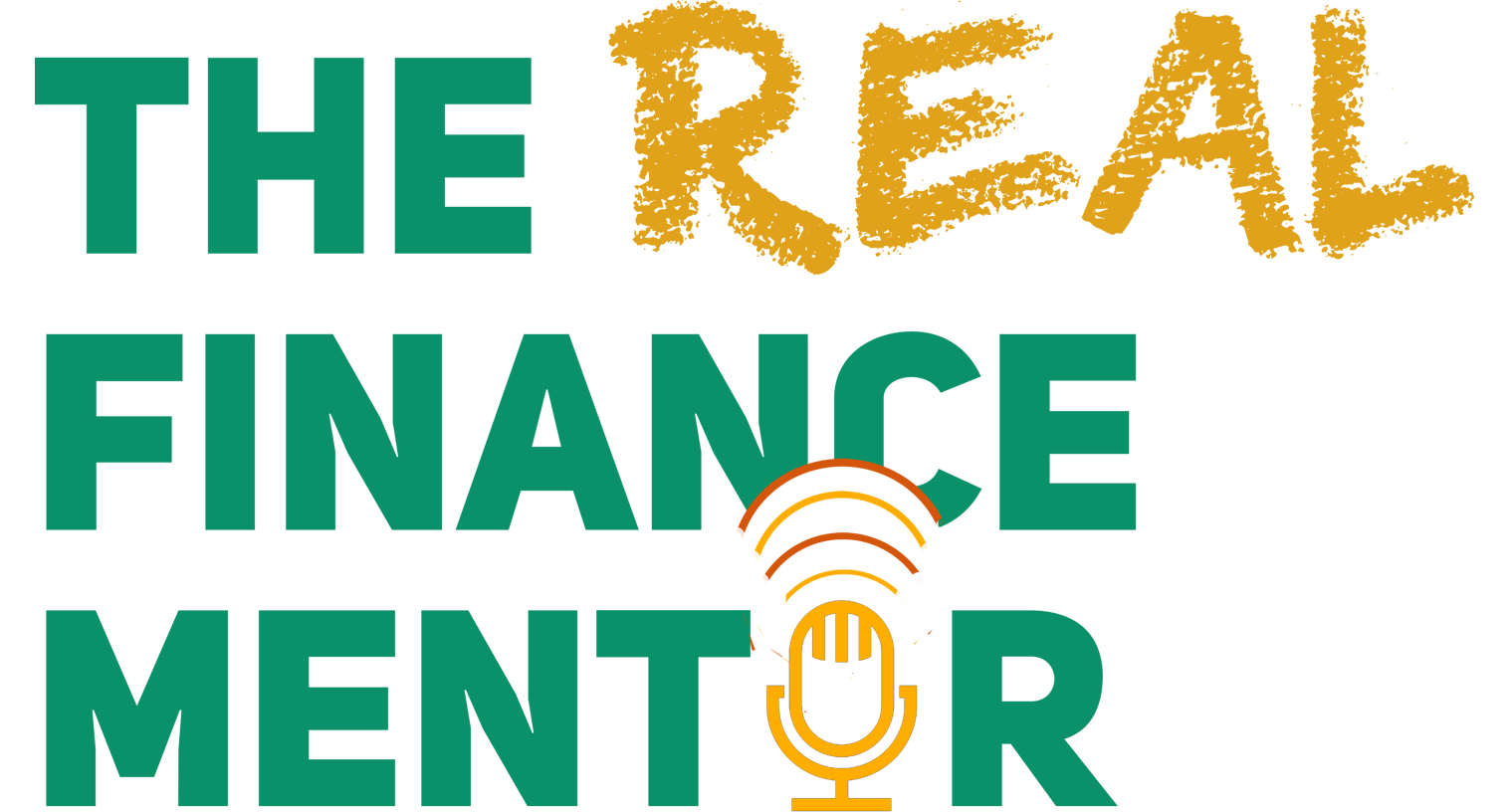Taming the Dragon
Enter the Dragon
Inflation is rising fast across the world in food, energy, housing, materials etc. thanks to a mix of supply shortages and a post-pandemic surge in demand.
The CPI in the US in March 2021 was 2.6% higher than a year earlier when prices collapsed as the virus struck. This was an increase from 1.7% in February 2021 and was also the biggest rise since 2009 when the economy was recovering from the recession-induced by the Global Financial Crisis.
While the official CPI may not reflect the rise in healthcare, education, food prices and rent, the man in the street feels the pinch.
Several more months of high numbers are expected. The CPI could touch 3.5% by May 2021. As per the inflation measure used by the Fed, inflation may soon rise above the 2% target.
Will the Dragon slink away?
The big question now for markets and policymakers is whether quicker inflation will be transitory -- or not.
Many think that inflation is temporary and will be subdued by forces such as virus worries and unemployment. Last week, for example, Fed Supremo Powell said that while the Fed is seeing “significant increases” in core inflation for April and May, “they’ll disappear over the following months. And they’ll be transitory.”
Some businesses have found they can’t afford to wait for these “temporary” increases to pass. They just don’t have the financial muscle. That means consumers will have to pay higher costs for a range of daily items. Already businesses including Nestle SA and Colgate-Palmolive Co have decided to hike prices.
Powell has a new weapon…..
Fed policy has changed under Powell. We have the Powell Doctrine.
Powell may lift interest rates off zero sometime in 2022. By then, the US economy may meet the new Fed framework’s three goals: full employment, inflation running at 2% and evidence observable that inflation will run moderately above 2% for some time. It’s a broader policy compared to the 80s, 90s and noughties when inflation was the key indicator.
Right now, the Fed is not even thinking about less stimulative monetary policy. It will take ample time before implementing tightening measures and has promised to signal well in advance, most likely to avoid any taper tantrum a la 2013.
….But it’s yet to be proven in battle
It’s a tricky and dangerous task to get the timing right on interest rate policy and the Fed has struggled with this for many decades. Just look at the history:
· Arthur Burns, who helmed the Fed in the 1970s, is widely blamed for allowing inflation to get out of control after buckling to pressure from Nixon not to raise rates.
· Alan Greenspan, whose long tenure as Fed chair ended in 2006, kept rates so low and for so long post the 1991 recession that he is accused of creating the massive housing bubble that sparked the 2008 financial crisis and the Great Recession.
· Janet Yellen’s decision in December 2015 to discontinue the Zero Interest Rate Policy (ZIRP) and hike rates (after a near zero regime for seven years) is now seen as having been premature. The economy stumbled as a result.
The issue with the Powell Doctrine is that it increases the risk of a policy mistake of waiting for too long before raising rates. This is partly because nobody (not even the Fed) knows by how much or for how long the Fed wants inflation to overshoot over 2% after the pandemic.
False Dragon alarms?
Nearly 1 million jobs were added in March 2021, a figure unheard-of before the pandemic. The unemployment rate fell to 6%; a year ago, it was 14.8%.
Once upon a time when the unemployment rate fell to a point where the Fed started thinking of inflation, they would hike rates. This sometimes prevented or delayed further job gains.
But times have changed, and the famed Philips Curve seems to be broken and beyond repair. The curve pretty much predicted that as unemployment fell inflation would pick up. That has not happened in the last decade.
In December 2015 when the Fed raised its rate by 25 bips, the unemployment rate was 5.1% and inflation was just 1.3%. Yet unemployment continued to fall for roughly four more years – all the way to a 50-year low of 3.5%. Inflation barely moved. Powell was a member of the Fed’s Board of Governors during that time, and I suspect the big lesson he took away from that experience is that you shouldn’t hike rates prematurely.
Conclusion
It’s far too early to conclude on anything.
Over the next few weeks, we will see if inflation rises. If it does (or there are strong indications that it will like a strong payroll report or faster vaccine rollout) then expect bond yields to throw a tantrum and spike. The market may go into a “risk off” mode and this will pull down growth stocks and will be yet another opportunity for the salivating Buy-the-dip crowd. The Fed may step in with soothing words and the yields may slowly come down and the markets may get back into “risk on” mode and growth stocks may climb again.
If bond yields jump and touches 2% the Fed’s reaction may be different. That’s an important number. Powell will have to enter the Dragon’s Den. We may see an increase in bond purchases because a) the Fed doesn’t have unlimited patience and b) words alone may not work to calm the Dragon. That injection of cash may cheer the stock market, especially the pricier tech names.
If inflation remains high even at year end, then Powell may have to act sooner rather than later. A tapering of bond purchases or a hike in rates may happen.
That’s when things can get dicey.
But that’s what you get with a Dragon on the loose.

